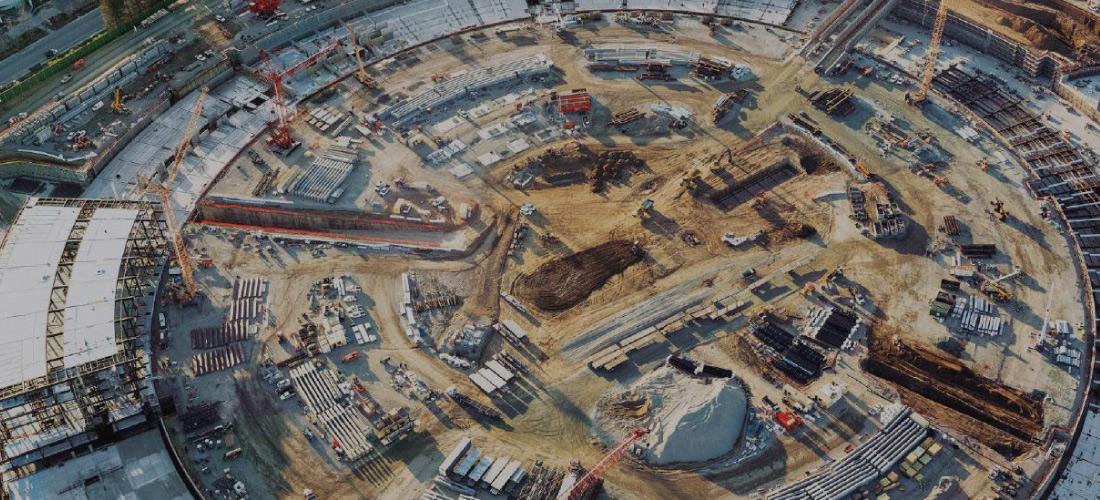
PUBLISHED
January 18, 2018
WRITTEN BY
Arian Rahimian
In the third and final segment of our Tech Trend Series, we’ll discuss the impact of Machine Learning and Artificial Intelligence on safety. We’ll explore what these terms mean and more importantly, how these technologies will shape the future of EHS management.
Before we dive in, let’s review what we’ve covered in our previous Tech Trend blogs.
In our first article, we introduced the concept of The Internet of Things (IoT). We learned about collecting data by connecting everyday physical items to the internet and how this enhances our experiences by making these items “smarter”.
In our second article, we took this a step further. We looked at what happens to these big data sets, how they are analyzed using Business Intelligence tools and how Predictive Analytics is used to forecast future events. Once we’re able to predict future events, the next step is to use software that understands the situation and can make intelligent decisions that will help us achieve our goals. This is where Machine Learning and Artificial Intelligence play a role.
Tapping into Artificial Intelligence & Machine Learning
Artificial Intelligence (AI)
Gartner defines Artificial intelligence as technology that appears to emulate human performance typically by learning, coming to its own conclusions, and executing on a clearly defined task. AI learns from data by uncovering trends with techniques such as Machine Learning to analyze the data.
Machine Learning
Deloitte defines Machine Learning as the artificial intelligence technology that uses data to automatically discover patterns and trends to make more accurate predictions of future events.
An Everyday Use Case
A perfect current day example of AI and machine learning can be seen in the advancement of self-driving technologies in the automotive industry. Companies such as Alphabet Inc’s Waymo are testing self-driving technologies with the use of advanced sensors, vision system, and radars. These technologies are paired with deeply integrated software which processes an extensive amount of historical and current data.
In this case, Machine Learning is used to generate predictions based on Big Data to guide the car to make decisions in real time without human assistance, while AI is used to execute tasks and smart actions to drive the car.
Examples in Safety Today
Intelligent Word & Image Recognition – Smartvid.io, a media management platform for industrial photos and videos, uses machine learning to automatically scan and tag safety issues in captured images and videos from a job site. It gathers data from field workers’ phones and project management software to analyze and categorize safety issues using machine learning– ensuring safety professionals aren’t missing any potential job site risks.
Visualizations from The Sky – Project Visualization Company, SiteAware, specializes in 3D Visualizations with autonomous situation-aware drones. They focus on enabling project monitoring and site management capabilities by using these drones to scan and capture images on a job site. With these images, SiteAware can produce 4-D models with automatic detections of changes in models – allowing site logistic decisions, investigation of site locations, and analysis of job site progress to be all autonomously accomplished.
Robotics in Construction – Automating the world’s dirtiest, and deadliest jobs is Clearpath Robotics vision for the integration of robotics within job sites. They offer a fleet of aquatic, aerial and ground robots that can navigate constricting and unsafe environments while collecting, tracking and analyzing data of their current environment. Their technologies use machine learning to guide these vehicles to the same spot and analyze the image data for possible defects.
The Future of EHS
Technologies like IoT, AI, and Machine Learning are about to change our lives in incredible ways – evolving our EHS programs will be no exception. With the help of cloud software, our customers have been able to reduce injury and incident rates by over 50%. We foresee that this rate will be accelerated with the integration of these emerging tech. Success will depend on our abilities to align safety technology initiatives with corporate goals and successfully lead change management processes.
Learn More
Interested in learning more? Check out our eBook for an extensive look into all of the tech trends that will transform EHS.
Rethinking Safety
Drive employee engagement by connecting
your frontline to your boardroom.
Find Out How eCompliance Helped Zip Signs Achieve COR Certification.
READ CASE STUDY →